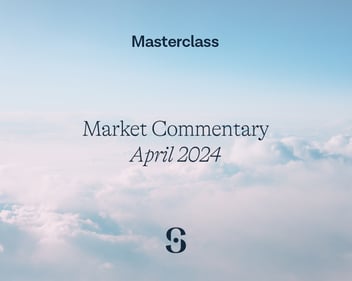The growing need for alternatives
Mainstream investments such as stocks, bonds, cash - are mainstream for a reason. They’re easy to understand, easy to enter and easy to exit. The time costs to set up an account (whether with a trading platform or robo-advisor) are low, and the returns are respectable. With millions of other retail investors in these assets, you can be reassured that you’re making a safe bet.
But what about the alternatives?
Alternative investments can provide the key to a balanced portfolio and shouldn’t be overlooked. Defined as any investment outside the mainstream categories, alternative assets cover real-estate, crypto, art, collectibles and many more. Yes, there are risks with alternatives, but the returns can exceed traditional investing options, or hedge against them.
What is fractionalisation?
Fractionalisation is not new; traditional stocks and shares have been fractionalised - whole shares broken down into smaller parts - since the early 1600s. This immediately lowers barriers to investment; smaller shares at a lower value per unit that can be bought or traded more often by more people. Fractionalising alternative assets is a much more recent development. By dividing up real assets like property, wine, art, or luxury cars, many more people can benefit when these assets increase in value. Technology makes this transparent and trustworthy, enabling the asset’s value and ownership to be tracked. If you have ever dreamed of owning a supercar or a Banksy painting, then through fractional ownership, you can.
Examples of fractional investment
By and large, alternative investments are largely uncorrelated to traditional equity markets, making them crucial for a diversified portfolio.
Here are five leading fractional investment options:
- Real Estate:
One of the most developed fractional investment markets, you have a few options when it comes to real estate. Fractional ownership has been around for centuries, with investors pooling money to purchase a property and then sharing the rental yield. This is a predictable, relatively stable way to make low-risk, low-reward returns. Technology has super-charged another approach; fractionalising real estate development loans. Platforms like Shojin allow investors to come together and share the rewards of lending money to trusted developers before construction starts. Investors are paid fixed returns at the end of a project, with the interest much higher than relying on rental yields and capital appreciation.
- Agriculture:
Similarly to fractional real estate, fractional ownership of farmland is a great way to get exposure to the agriculture sector (the World Bank attributes 3.6% of global GDP to farming). Investors’ money is typically put into a crop yielding field, with returns generated from the harvests. For example, AcreTrader.
- Fine art:
With online art sales growing year-on-year, fractional art ownership is becoming ever more accessible. The model typically sees investors’ purchasing a percentage of a piece of art, with returns based on how much the art appreciates in value over time. An example of a fractional investment art platform is MasterWorks.
- Whisky and wine:
Another sector where ownership (and the returns generated by asset appreciation), was previously restricted to the ultra-wealthy is luxury whisky and wine. Now, through fractional ownership, retail investors can enjoy returns from—if not the taste of— fine wine. CultWines is an example of a platform which enables fractional ownership of wine.
- Luxury cars:
Platforms like CarCrowd enable fractional ownership of classic and luxury cars. As with art and alcohol, this has the same goal of the asset appreciating over time and thus generating a profit for investors.
Conclusion
In conclusion, the world of fractionalisation has opened the doors to investors, dropping the barriers to entry for various investment options. Technological advancements in digital platforms and secondary marketplaces create liquidity and transparency. Increasing applications of blockchain, especially for real world tokenisation, will further increase access and traceability. As the popularity of alternative assets and fractional investing grows, it is exciting to see what new possibilities will arise.



















